Travel in April 2024 | 2024年四月的旅行
Nagoya Japan 日本名古屋
Nagoya, the bustling capital of Aichi Prefecture, is Japan’s fourth-largest city and a dynamic hub of industry, culture, and history. Home to the iconic Nagoya Castle and the modern Toyota Technological Museum, the city seamlessly blends tradition with cutting-edge innovation. Food lovers will savor local specialties like hitsumabushi (grilled eel over rice) and miso katsu (pork cutlet with rich miso sauce). As a major transportation hub, Nagoya offers easy access to nearby attractions like the historic town of Takayama and the spiritual Ise Grand Shrine. Whether exploring ancient shrines, futuristic architecture, or vibrant shopping districts like Osu, Nagoya promises a captivating Japanese experience.
名古屋是爱知县的首府,日本第四大城市,集工业、文化和历史于一体,充满活力。这里既有标志性的名古屋城,又有现代化的丰田产业技术纪念馆,完美融合了传统与前沿科技。美食爱好者可以品尝到鳗鱼饭三吃和味噌猪排等地道美味。作为重要交通枢纽,名古屋方便前往高山古镇和伊势神宫等周边景点。无论是探访古老神社、未来感建筑,还是热闹的大须商店街,名古屋都能带给您独特的日本风情。
12D11N Nights Kanto Trip Part 1
✈️ Day 1: Aviation to Samurai
Our quartet touched down at Chubu Centrair International Airport at dawn!
FLIGHT OF DREAMS: Geeked out over Boeing 787 prototypes in the interactive aviation museum ✈️
Nagoya Castle: Golden dolphin shachihoko glowing against azure skies – the perfect intro to samurai history!
Osu District: Shopped for vintage anime merch in shotengai arcades, then made wishes at the 500-year-old Osu Kannon 🏮
🚗 Day 2: Time-Travel Highway
Picked up our rental car (Toyota’s English GPS saved us!) for a journey through Japan’s past:
Naegi Castle Ruins: Had the entire mountaintop fortress to ourselves – the stone walls whispered warring states tales ⚔️
Magome→Tsumago: Hiked the Nakasendo trail’s best-preserved post towns. Pro tip: Tsumago’s authentic teahouses beat Magome’s souvenir shops! 🍡
🏔️ Day 3: Thatched Roof Wonderland
Drove through Alpine vistas to:
Shirakawa-go: Panoramic views from Shiroyama Observatory made us gasp – gassho-zukuri farmhouses looked like gingerbread villages!
Ogimachi: Soaked in the tranquil vibes of the UNESCO village (fewer tourists than Gifu side!)
Takaoka Buddha: Japan’s 3rd tallest bronze Buddha (15m!) smiled serenely at our roadtrip detour 🙏
Dinner highlight: ItoShou’s black broth motu noodles warmed our souls after mountain drives 🍜
🏖️ 🌊 Day 4: Sea & Snow Routes
(Story continues…)
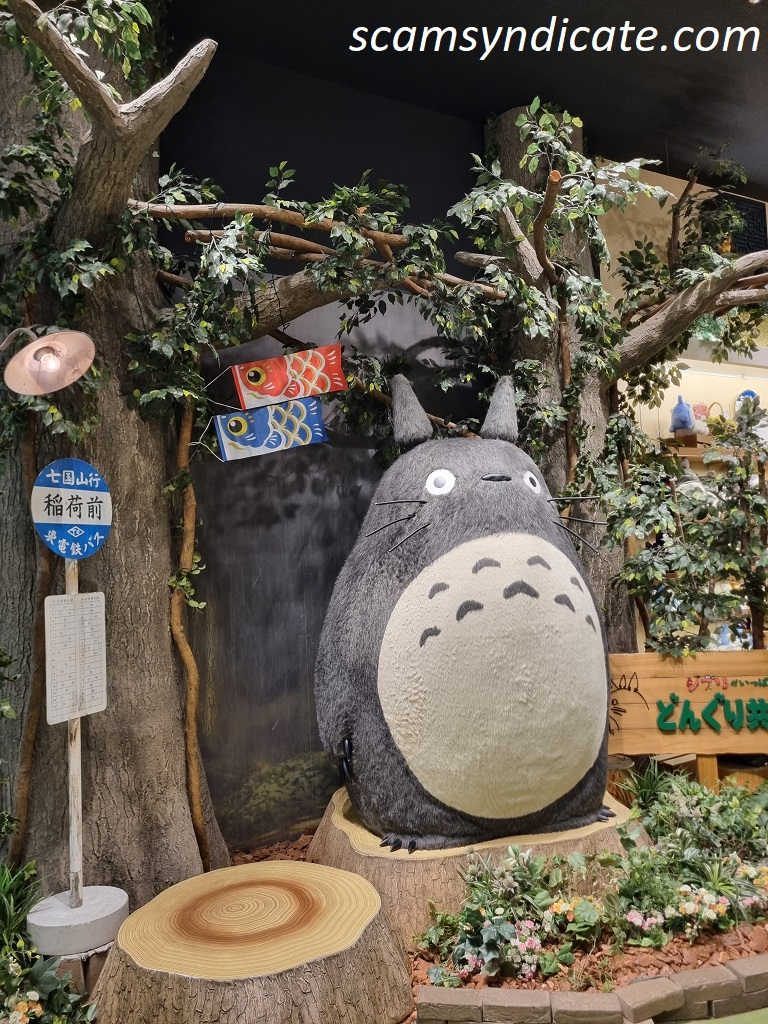

12天11夜关东之行第一部分
✈️ 第一天:从航空城到武士之乡
清晨降落名古屋中部国际机场立刻展开旅程:
FLIGHT OF DREAMS:在波音787互动展馆过足飞行瘾✈️
名古屋城:金色逆戟鲸瓦在蓝天下闪耀,战国历史扑面而来
大须商圈:在拱廊街淘复古动漫周边,再到500年历史的大须观音求签🛐
🚗 第二天:穿越时空的公路旅行
租车自驾(丰田英文导航超给力!):
苗木城遗迹:包场山顶废墟,战国石墙诉说往昔⚔️
马笼宿→妻笼宿:漫步中山道保存最完好的驿站,妻笼的茶屋比马笼的商业街更有味道🍡
🏔️ 第三天:合掌造童话世界
穿越阿尔卑斯山脉前往:
白川乡:城山展望台的 panoramic view 美到窒息 – 合掌屋就像姜饼屋村落!
荻町:比岐阜侧更宁静的联合国遗产村落
高冈大佛:日本第三大铜佛(15米高!)对我们微笑🙏
晚餐亮点:医王匠的黑汤面驱散山间寒气🍜
🌊 第四天:海与雪的巡礼
(故事待续…)
✈️ Nagoya City | 名古屋市
✈️ FLIGHT OF DREAMS | 梦想飞翔
FLIGHT OF DREAMS is an aviation-themed attraction located inside Chubu Centrair International Airport in Nagoya, Japan, featuring a real Boeing 787 Dreamliner on display. Visitors can enjoy interactive flight exhibits at Flight Park and explore shops and restaurants inspired by Seattle at Seattle Terrace.
梦想飞翔是位于日本名古屋中部国际机场内的航空主题景点,展出一架真实的波音787梦幻客机。游客可以在“飞行乐园”体验互动展览,也可以在“西雅图街区”享受购物与美食乐趣。


🏯 Nagoya Castle | 名古屋城
Nagoya Castle is a historic Japanese castle located in Nagoya, Aichi Prefecture, originally built in 1612 by Tokugawa Ieyasu, famous for its golden shachihoko (tiger-headed carp) ornaments and elegant main keep, and now a popular site showcasing samurai history and traditional architecture.
名古屋城位于日本爱知县名古屋市,由德川家康于1612年建造,以屋顶上的金色虎头鲤鱼装饰(鯱)和宏伟的天守阁闻名,如今是展示武士历史与传统建筑的著名景点。
🛍️ Osu Shopping District | 大须商圈
Osu Shopping District is a lively shopping area in Nagoya, Japan, known for its mix of traditional stores, modern fashion, electronics, street food, and pop culture, attracting both locals and tourists with its vibrant atmosphere and historic Osu Kannon Temple nearby.
大须商圈位于日本名古屋,是一个热闹的购物区,融合了传统商店、现代时尚、电器商品、街头小吃和流行文化,气氛活泼热闹,邻近历史悠久的大须观音寺,深受当地人和游客喜爱。

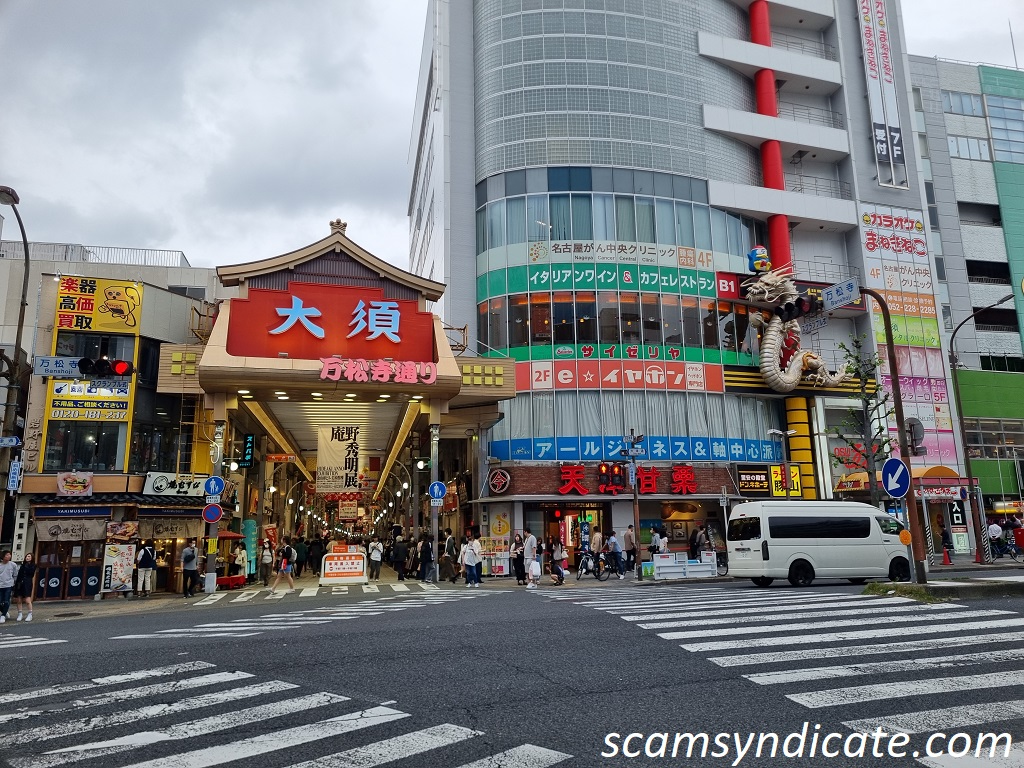
🏔️ Gifu Prefecture | 岐阜县
🏯 Ruins of Naegi Castle | 苗木城遗迹
Ruins of Naegi Castle is a dramatic mountaintop castle ruin in Nakatsugawa, Gifu Prefecture, originally built in 1526 by the Toyama clan and demolished in 1871; today its impressive stone foundations—among giant natural boulders unique in Japan—remain, topped by an observation platform with sweeping views of the Kiso River, Ena Mountain, and Nakatsugawa city ;
苗木城遗迹位于岐阜县中津川市的高森山顶,始建于1526年,1871年被废弃,现仅余巧妙依附巨石的石垣基础,并设有展望台,可俯瞰木曾川、恵那山及下中津川市全景。
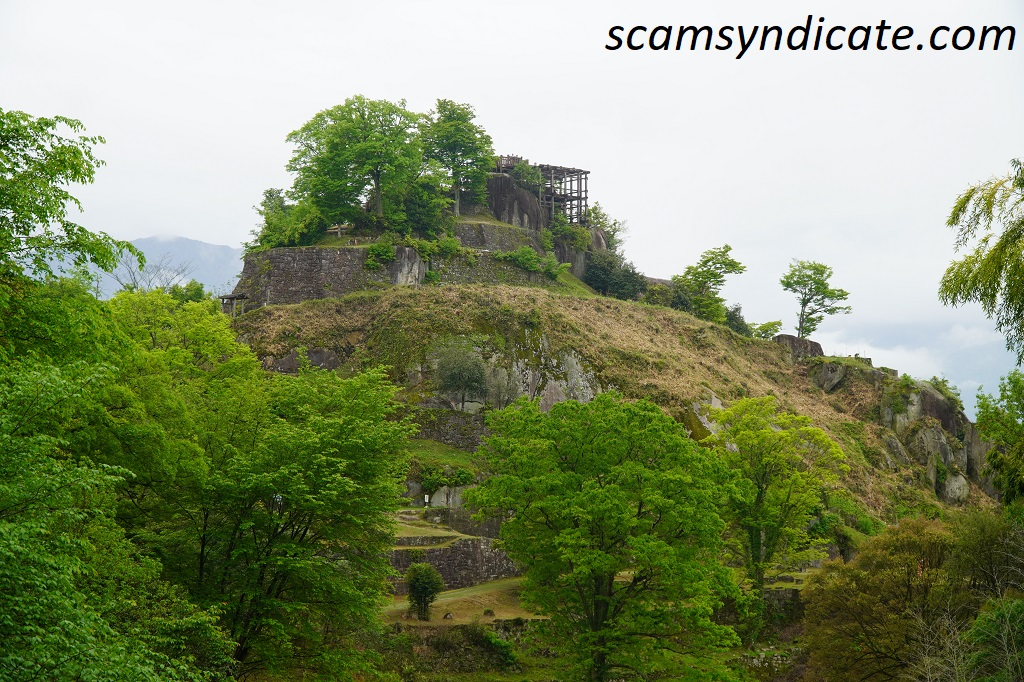
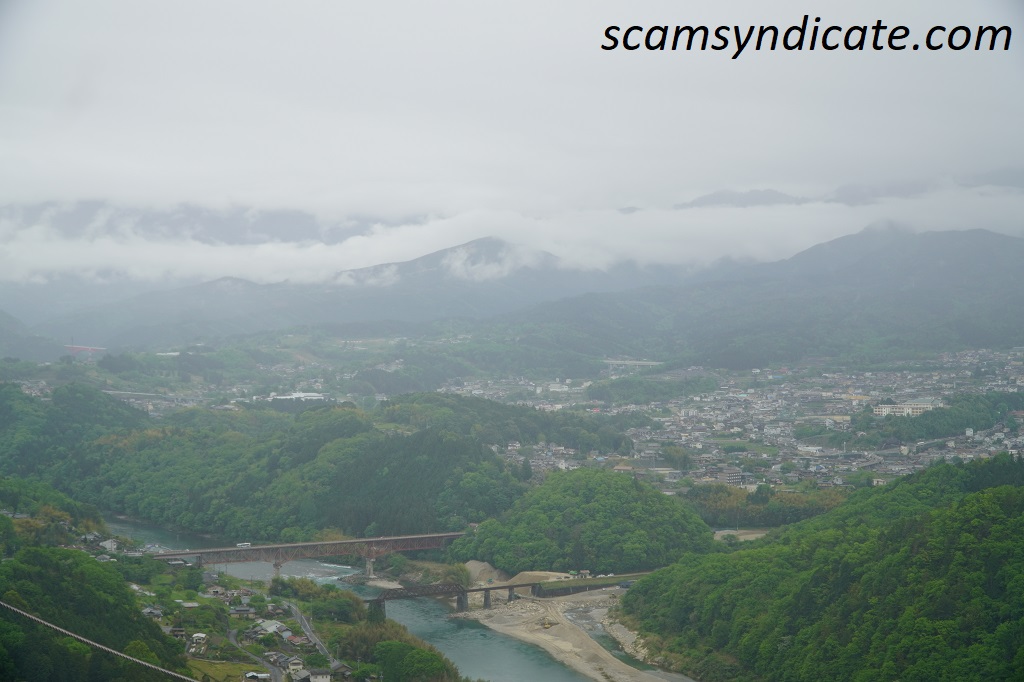
🏮 Magome-juku 马笼宿
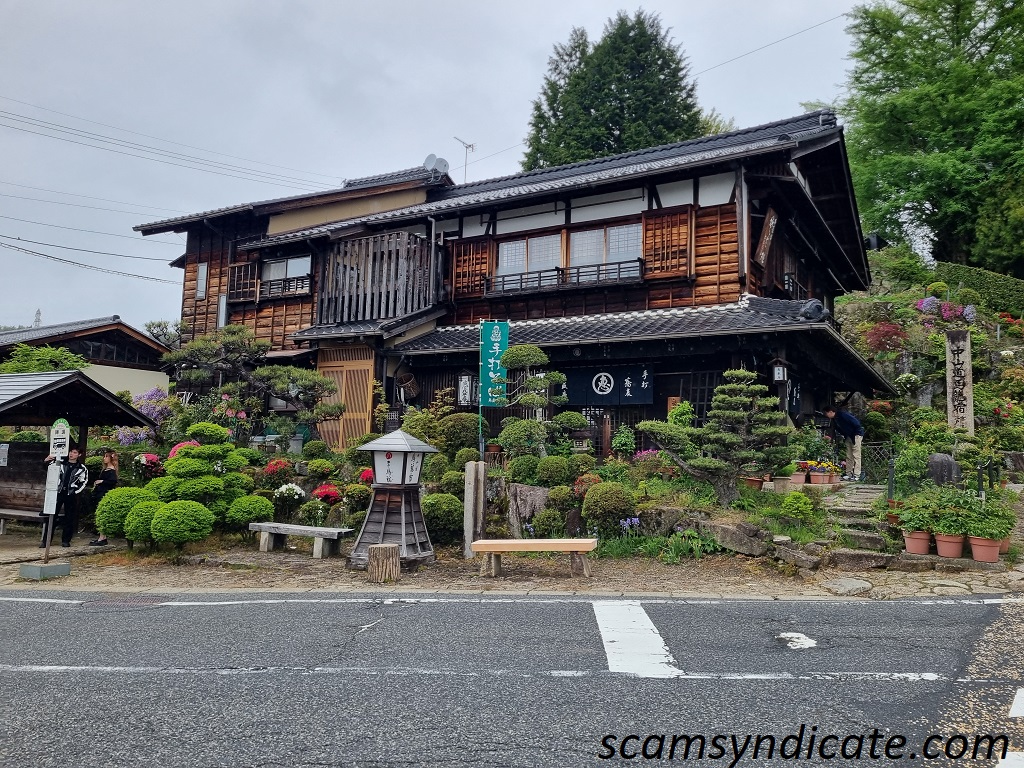
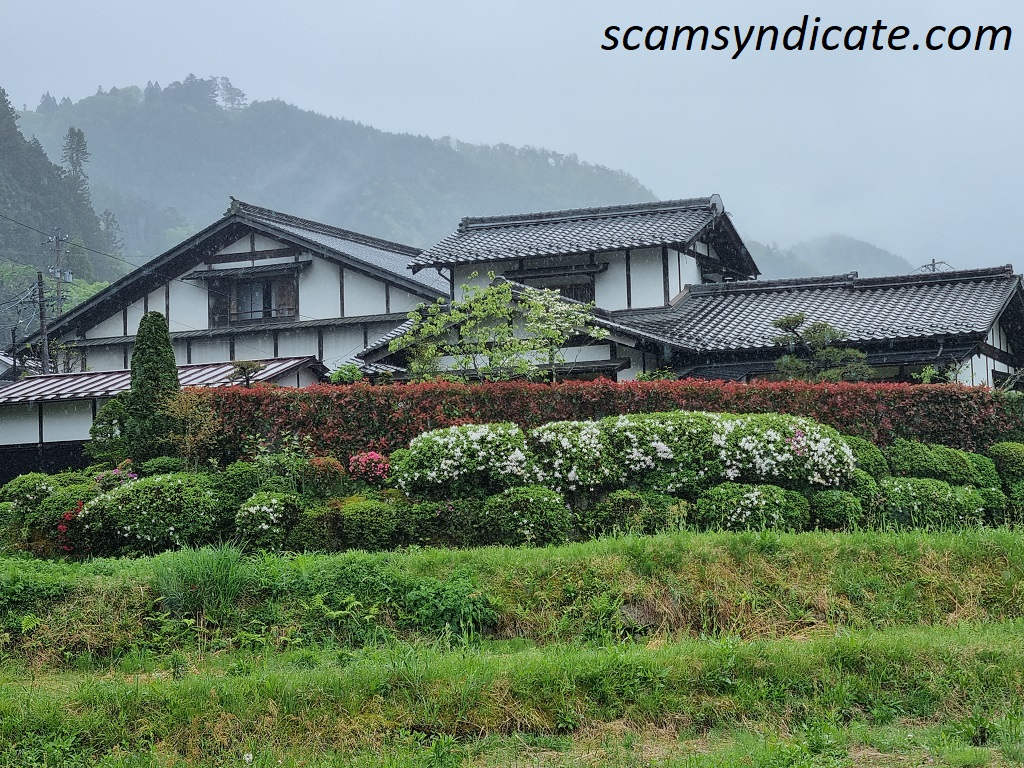
Magome-juku is a beautifully preserved post town along the old Nakasendo Trail in Gifu Prefecture, Japan, offering visitors a glimpse into Edo-period travel culture with its traditional wooden buildings, stone-paved paths, and scenic mountain views.
马笼宿是位于日本岐阜县中山道上的一座保存完好的古驿站,保留了江户时代的风貌,拥有传统木造建筑、石板街道和优美的山景,是体验日本古道文化的理想之地。
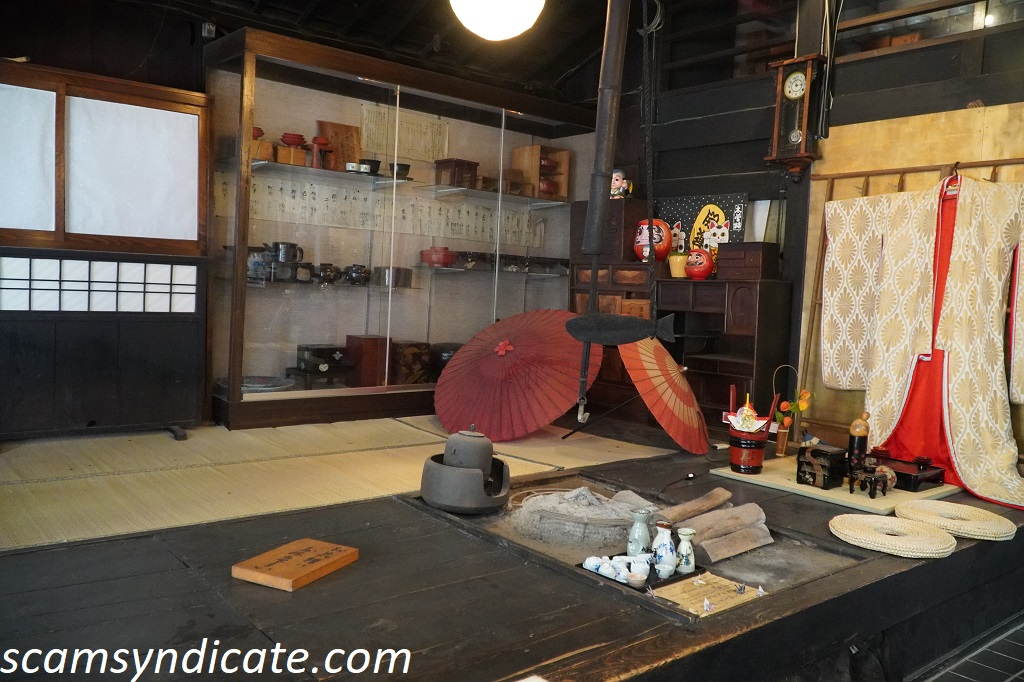
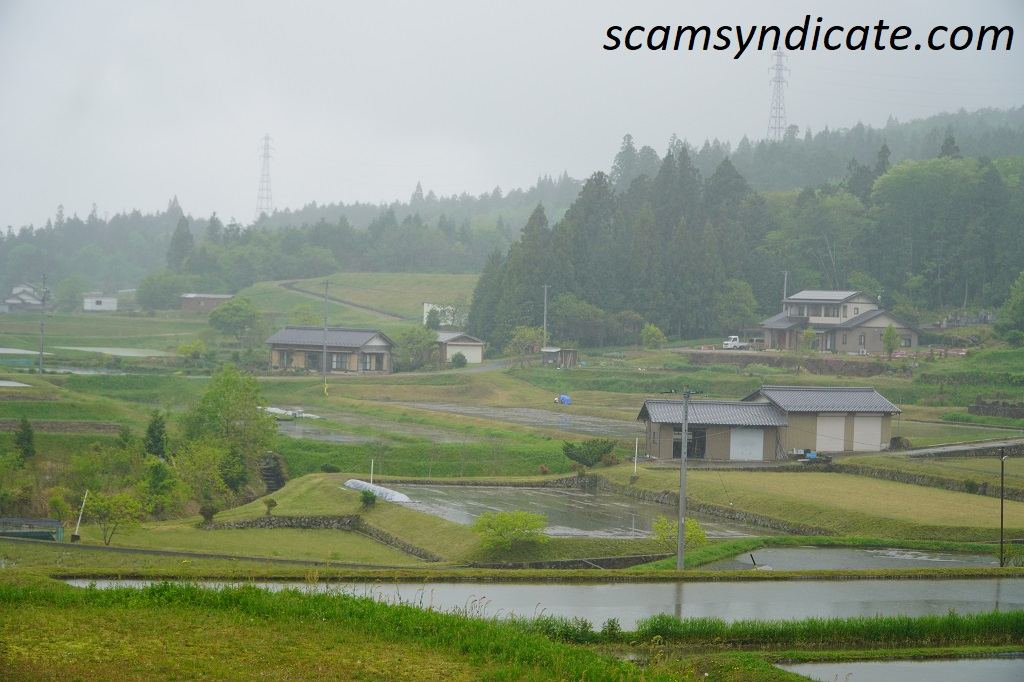
Tsumago-juku 妻笼宿
Tsumago-juku is one of Japan’s best-preserved post towns on the historic Nakasendo Trail in Nagano Prefecture, where modern cars are restricted and the atmosphere of the Edo period remains with wooden inns, tea houses, and scenic mountain paths.
妻笼宿位于日本长野县,是中山道上保存最完整的古驿站之一,禁止车辆通行,保留了江户时代的风貌,有木造旅馆、茶屋和美丽的山间小道,让人仿佛穿越回古代日本。

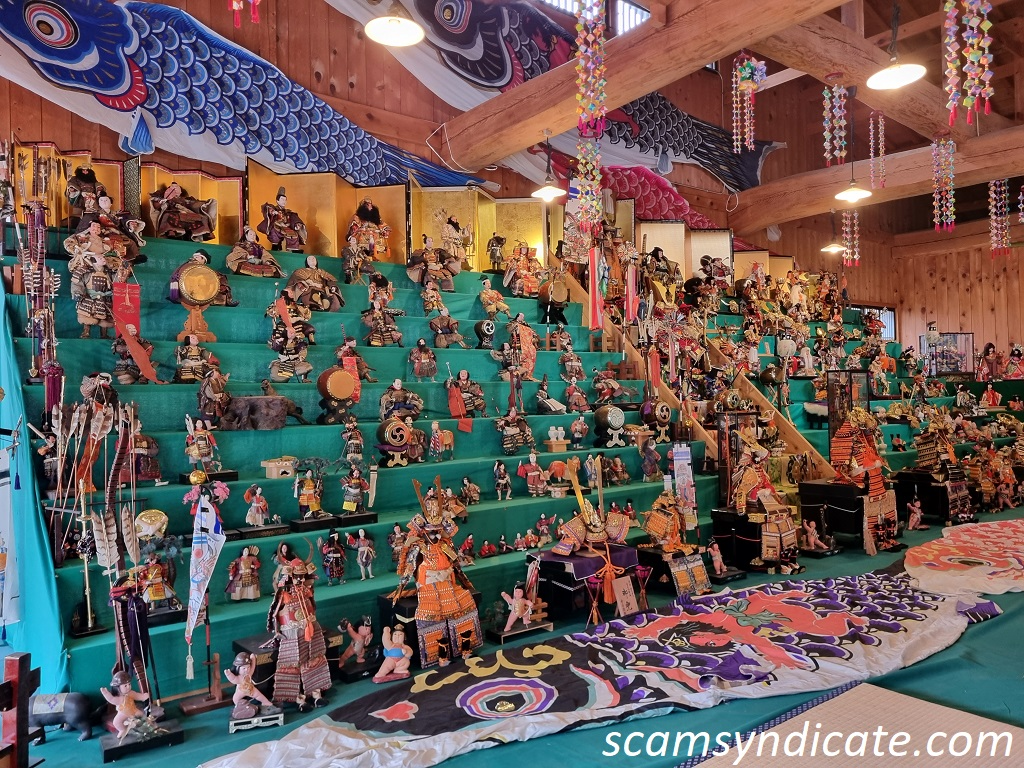
🌾 Shirakawa-go (Ogimachi) | 白川乡荻町
Shirakawa-go (Ogimachi) is a UNESCO World Heritage village in Gifu Prefecture, Japan, famous for its traditional gassho-zukuri farmhouses with steep thatched roofs designed for heavy snow, offering visitors a glimpse into rural life and scenic beauty throughout the seasons.
白川乡荻町是位于日本岐阜县的世界文化遗产村庄,以合掌造茅草屋而闻名,这种屋顶陡峭的建筑为适应大雪而设计,四季皆有不同风貌,让游客感受日本乡村生活的纯朴与自然之美。


Ainokura, Japan | 日本相仓
Ainokura, a UNESCO-listed village in Toyama Prefecture, is famed for its iconic gassho-zukuri thatched-roof houses set against stunning mountain scenery. This peaceful retreat offers a glimpse into old Japan, with historic homes, terraced fields, and seasonal charm—especially magical under winter snow.
富山县的相仓是联合国教科文组织遗产地,以独特的合掌造茅草屋和群山美景闻名。这个宁静的村庄保留了日本传统风貌,梯田、古民居和四季风情令人沉醉,冬日的雪景更是如诗如画。


⛴️ Takaoka City, Toyama | 富山县高冈市
🙏 Takaoka Daibutsu | 高冈大佛
Takaoka Daibutsu is a large bronze statue of Buddha located in Takaoka City, Toyama Prefecture, Japan, standing about 16 meters tall and considered one of Japan’s Three Great Buddha statues, admired for its graceful expression and beautifully crafted details.
高冈大佛位于日本富山县高冈市,是一座高约16米的青铜佛像,被誉为日本三大佛之一,以庄严祥和的面容和精致的工艺而闻名。


🚢 Minato Oasis Kaiwomaru Park | 港绿洲海王丸公园
Minato Oasis Kaiwomaru Park is a scenic bay‑side park in Imizu, Toyama Prefecture, centered around the historic sailing ship Kaiwomaru, nicknamed the “Lady of the Sea.” Visitors can board the preserved 1930 training vessel, explore the Japan Sea Exchange Center and bird park, enjoy playgrounds and picnic lawns, or dine at on‑site cafés with views of Toyama Bay and the Shinminato Ohashi Bridge. Ten times a year, the ship unfurls all 29 sails in a spectacular full‑sail display, and nightly illumination makes it a romantic “lover’s sanctuary” by the sea 。
港绿洲海王丸公园坐落于富山县射水市,是一处以1930年建造的培训帆船「海王丸」(又称“海上贵妇”)为核心的海滨公园。公园内可登船参观、探索日本海交流中心与鸟类公园,孩子们可以在游乐场与草坪野餐,或在海景旁的咖啡厅品尝美食。每年约10次展现29帆整展帆表演,夜间灯光映照下的海王丸与新湊大桥共同营造浪漫气氛,被誉为情侣圣地 。
🦀 Shinminato Kitto Kito Market | 新凑基托市场
Shinminato Kitto Kito Market is a vibrant seafood market located in Imizu City, Toyama Prefecture, Japan, offering a wide variety of freshly caught seafood from Toyama Bay, including white shrimp, red snow crab, firefly squid, and yellowtail. Visitors can enjoy these delicacies at the market’s restaurants or purchase them as souvenirs. The market also hosts a unique “noon auction” at 12:30 PM daily, except on Wednesdays and Sundays, where fresh catches are sold to the highest bidder.
新湊きっときと市场 位于日本富山县射水市,是一个充满活力的海鲜市场,提供包括白虾、红雪蟹、萤火虫鱿鱼和黄尾鱼在内的多种新鲜捕捞的富山湾海鲜。游客可以在市场的餐厅享用这些美味,或将其作为纪念品购买。市场每天中午12:30举行独特的“午间拍卖”,除周三和周日外,每天都进行,现场拍卖新鲜捕捞的海产品。
🚤 Shinminato Uchikawa (“Venice of Japan”) | 新湊内川
Shinminato Uchikawa, often referred to as the “Venice of Japan,” is a picturesque port town in Imizu City, Toyama Prefecture, Japan. The Uchikawa River, stretching approximately 3.5 kilometers, flows through this charming area, lined with traditional merchant houses and fishing boats, evoking a nostalgic atmosphere reminiscent of Venice. The river is spanned by over ten unique bridges, each with distinct designs, such as the castle-like Ninomaru Bridge, the red-roofed Azuma Bridge, and the stained-glass adorned Kagura Bridge. Visitors can explore the area by taking a sightseeing cruise on the “Manyomaru” boat, which offers views of these bridges and the surrounding scenery. The area also hosts the annual Shinminato Hikiyama Festival on October 1st, featuring 13 elaborately decorated floats parading through the town. For more information, you can visit the official tourism website of Toyama:
新湊内川,常被称为“日本威尼斯”,是位于日本富山县射水市的一个风景如画的港口小镇。 内川河长约3.5公里,穿过这个迷人的地区,两岸是传统的商人住宅和停泊的渔船,营造出一种怀旧的氛围,令人联想到威尼斯。 河上横跨着十多座独特的桥梁,每座桥都有独特的设计,如城堡般的二之丸桥、红屋顶的东桥和装饰有彩色玻璃的神乐桥。 游客可以乘坐“万叶丸”观光船,欣赏这些桥梁和周围的景色。 该地区还举办每年10月1日举行的新湊曳山祭,期间13座装饰精美的花车在小镇上游行。 更多信息,请访问富山县的官方网站:https://visit-toyama-japan.com/en/things-to-do/21166

